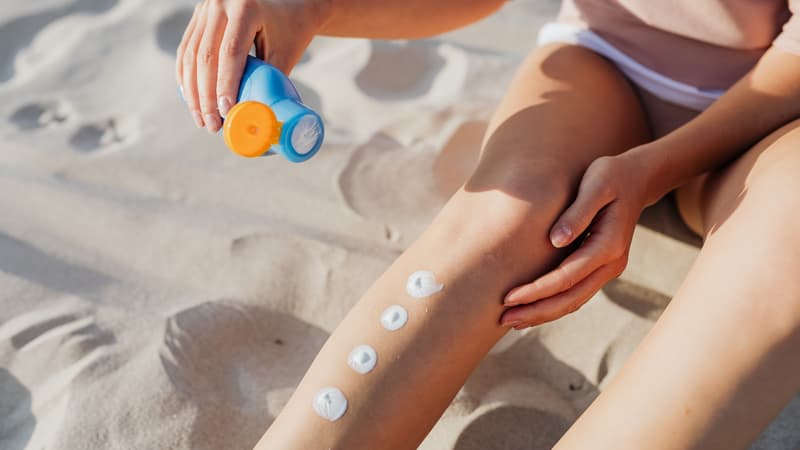The composition of sunscreens could change soon. The National Health Security Agency (ANSES) has sent the Government a request to restrict octocrylene, a chemical compound that filters UV rays, in sunscreens, due to its harmful effects on the environment, as reported by France Info published this Friday. .
Within the framework of the European REACH regulation, which aims to ensure that chemicals used in the European Union are not dangerous to people and the environment, ANSES is currently evaluating octocrylene. This examination has already made it possible to confirm harmful effects already identified in the past, in this case on the environment and in particular on corals. The “health” part of the review continues.
The decision rests with the European Commission.
Therefore, ANSES sent to the Ministry of Ecology a document containing several options regarding the various ways to avoid harm related to octocrylene. She believes that to avoid any ill effects, the only solution is an outright ban on this compound in sunscreens.
The decision to ban octocrylene or not must be taken by the European Commission, in accordance with the REACH regulation. According to Franceinfo, the French government intends to bring the document presenting all the options proposed by ANSES and to support a ban. Behind the scenes, the ministry would be less inclined to make this decision than what it says publicly, the outlet explains.
The question of danger to health
The other aspect of octocrylene regulation is its health risk. In 2021, a French-American study concluded that it gradually breaks down into benzophenone, a suspected carcinogenic and endocrine-disrupting compound banned from food and packaging in the United States.
A few months later, the European Commission had adopted a regulation specifying that the use of octocrylene “as ultraviolet filters in cosmetic products, in currently authorized concentrations, presents a risk to human health.”
He then recommended reducing the presence of this compound in cosmetic products to less than 10% in creams and less than 9% in aerosols.
ANSES may make other health-related recommendations in the future. In addition to sunscreens, octocrylene is used in “antiaging” creams, again for its UV filtering properties.
Source: BFM TV


